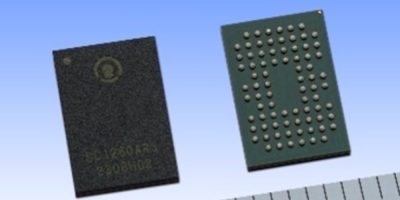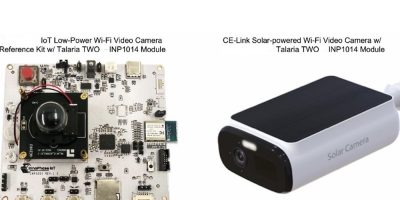At Computex Taipei this week, embedded motherboard and industrial computer specialist, DFI has introduced its low power vehicle system, based on Arm architecture.
The high performance computing micro-industrial motherboard is compact, allowing it to overcome space limitations in roadside equipment. It can be used for people flow identification in vehicle systems. DFI said it can improve energy efficiency and provide safety for future cities through intelligent, automated and miniaturised product design.
Exhibiting in the BenQ Group Computex Smart+ exhibition stand number MO619a at Computex Taipei (30 May to 2 June) at the Taipei Nangang Exhibition Center, Taipei, Taiwan, DFI has actively deployed smart transportation solutions to upgrade public infrastructure, lower operating costs and increase efficiency, said DFI president, Alexander Su.
DFI’s smart transportation embedded solutions support road and information security. The company has joined VicOne, a vehicle information security company and IoT system integration company, 5GIoTLead Technology, to introduce in-vehicle cybersecurity technology and the 5G Smart Pole Management platform, which demonstrate simulations of smart traffic intersections.
Another highlight is the miniature industrial fanless EC70A-TGU, equipped with the 11th generation Intel Tiger Lake Core processor. This processor has low power consumption and built-in GPU based on the Intel Iris Xe architecture, for edge computing. The fanless design allows the EC70A-TGU to be light and compact. Its accurate AI judgment also considers performance and real-time responses, making it ideal for handling heavy workloads, said DFI.
The EC70A-TGU can perform real-time AI calculations and speed up pedestrian recognition, tracking, and video streaming. It can also identify violations committed by others and synchronously send the information to the smart pole management platform, providing a real-time visual dashboard and data control to enhance management efficiency.
Another innovation is the VC900-M8M in-vehicle system which adopts low power ARM architecture and supports in-vehicle information security software.
The VC900-M8M, with ARM-based NXP i.MX8M CPU, can support Yocto Linux 2.5 and Android 9.0 operating systems. It has a variety of I/O configurations and features an anti-vibration design and wide operating temperature range to allow the vehicle to function even in extreme environments, said DFI.
The VC900-M8M has a built-in six-axis IMU sensor, which monitors vehicle and driver behaviour to prevent speeding, sudden braking, and collisions. It can also manage abnormal signals and provide real-time warnings.







